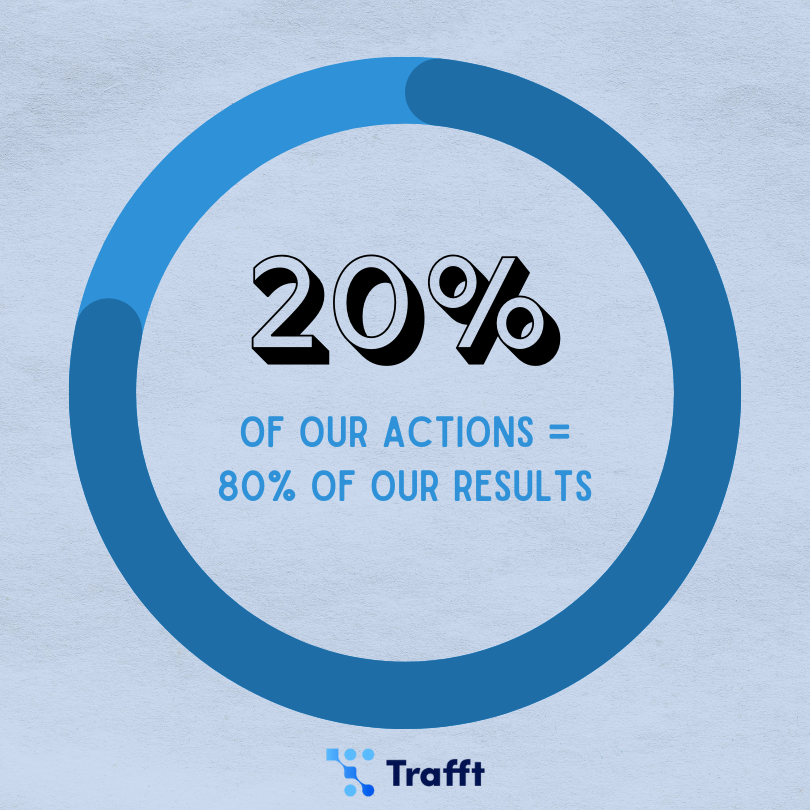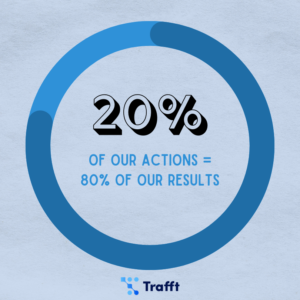Many people struggle to accomplish their tasks and goals within the available time. This is especially challenging for all businesses, where inefficiency costs money, time, and resources. Time management systems will help you achieve success, increase productivity, and create a more efficient work environment.
Ambitious business goals are important, but achieving them efficiently can prove challenging. Time management systems provide structures and techniques that will help you manage time, get the job done, and perform tasks more effectively.
Entrepreneurs can use these time management systems to optimize their business production and organization with the help of time management tools, such as time trackers.
What is a Time Management System?
Time management system refers to the strategies and techniques you use to improve productivity, boost efficiency, and get more things done, whether in professional or personal aspects of your life. Besides these strategies, you can also use different tools to create time management systems.
Examples of the 11 Most Efficient Time Management Systems for Business Owners
- The 1-3-5 Goal
- Kanban
- 45-file system
- Autofocus time management
- The Franklin-Covey System
- The Seven-Minute Life
- The Pomodoro Technique
- The Now Habit
- Time Blocking
- Mapping
- Batch Tasks
Time management systems have distinctive features to appeal to a variety of businesses. An effective time management system must be able to do the following:
- Consider all relevant activities
- Guide how and when to do a certain activity
- Motivate to tackle a specific task
- Give reminders on when to commence and finish a task to avoid time pressure
- Refrain from over-scheduling
- Accommodate short-term and unforeseen changes
- Determine priorities
Time management systems and tools come in many shapes and forms. Some are simple exercises, others are more elaborate philosophies and lifestyles. Some systems simply require a piece of paper, while others involve a more sophisticated digital platform. Therefore you should consider your specific needs and preferences.
Remember: it does take time and effort to become familiar with a new time management system and implement it successfully.
The 1-3-5 rule
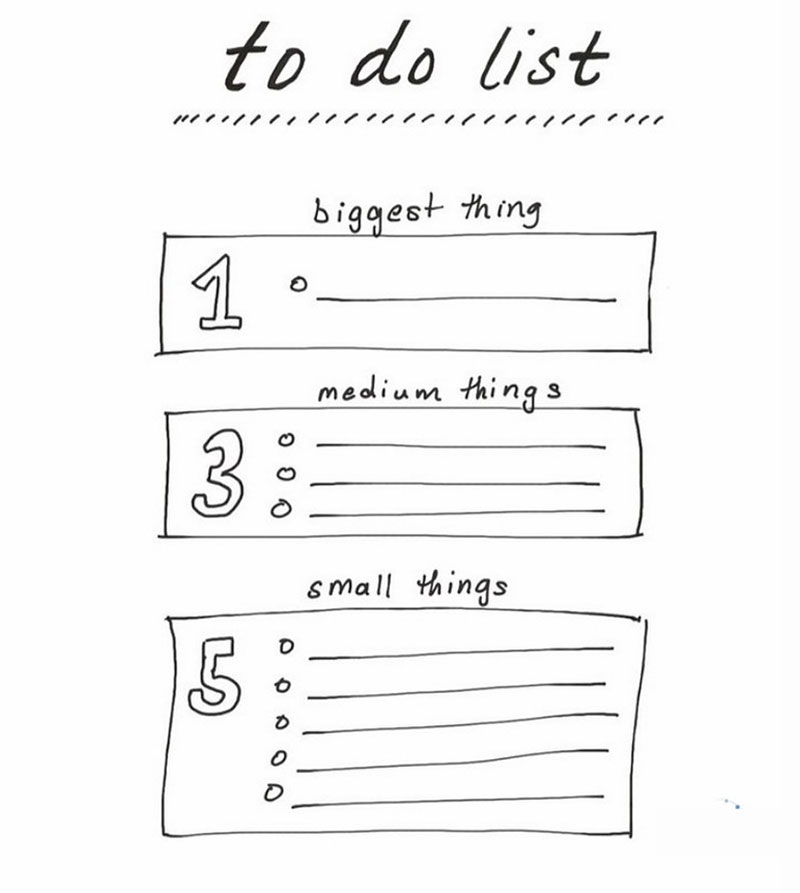
The 1-3-5 rule is a basic time management technique. It simply encourages a person to tackle one big task, three medium tasks, and five smaller ones every day.
The philosophy behind this technique is that it is easier to stay on top of activities if you have a small, structured list of prioritized items.
Step-by-step instructions:
- List 9 of the tasks you want to complete in a day.
- Decide which of these tasks is the most demanding.
- Choose 3 tasks that don’t require as much effort.
- Decide on 5 pretty straightforward tasks.
The 1-3-5 rule is one of the most straightforward and easy time management systems you can implement to stay on top of your to-do list.
Kanban
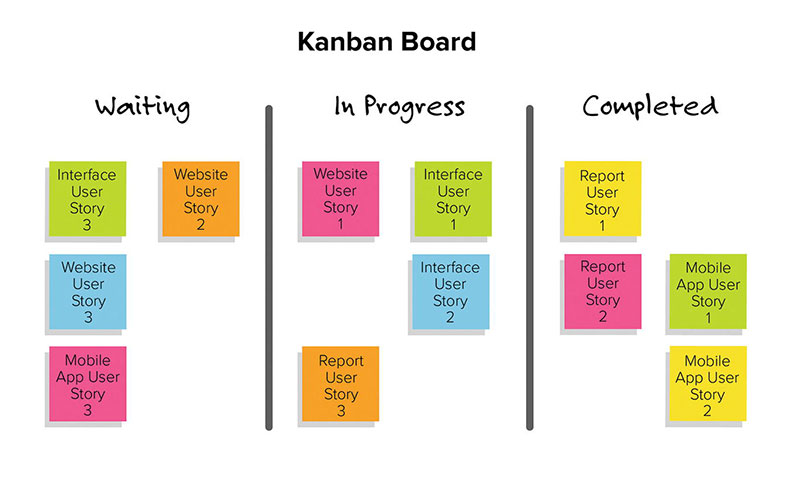
Kanban is the Japanese word for signboard and a powerful time management system. A kanban is the cornerstone of this strategy, and it implements the power of visualization. With one glance, all persons involved in performing the task can see what they need to do. The kanban is divided into three columns: to do, in progress, and finished. This can be done with a physical board such as a whiteboard with sticky notes. It can also be an online whiteboard. This approach shows the current status and priority of each task. Many project management tools use the Kanban system or at least some variety of it.
Step-by-step instructions:
- Use a time management tool or create a board yourself.
- Divide it into three columns: to do, in progress, and done.
- Categorize your tasks based on their status and priority.
- Don’t fall into the multitasking trap! Time management statistics show that you’re less productive when multitasking. Try to keep your “in progress” column filled with up to 3 tasks only.
45-file system

The 43-file system allows you to plan and set reminders for up to two years ahead. Physically, it requires 31 folders and a desk drawer with enough room for storage. Each folder is labeled with numbers from 1 to 31, corresponding to days of the month. Whenever an activity comes up, the pertinent documents are filed according to their due date. This is then expanded into 12 folders, corresponding to the 12 months of the year. Two more folders are added for the next two years. At the end of each day, the folder for the next day is checked and activities are scheduled accordingly.
This can be practically stored in a filing cabinet. An electronic version of this system is also possible.
It requires time to learn how to use it, but many businesses have successfully implemented this time management system.
Step-by-step instructions:
- Single out 31 folders labeled from 1 to 31.
- Single out 12 additional folders each labeled with the corresponding month in the year.
- If today is the 15th day of the month, your folder for tomorrow’s agenda should be labeled 16.
- Behind the 31st folder, you should put the folder for the next month.
Autofocus
The Autofocus time management system was founded by Mark Forster, an expert and a well-respected author in time management. Autofocus is based on the assumption that you will perform better and faster at a task you enjoy. The idea of autofocus is mainly intuitive, therefore, you must have motivation before starting a task. Motivation stimulates you to begin work on the most enjoyable activities, and then move on to the next one when finished, or when you get bored.
The great advantage of Autofocus is that it raises productivity and lowers stress. It allows you to focus on an important task and do that job well.
Step-by-step instructions:
- Start by creating a master to-do list and listing every task.
- Scan the list to get a feel of which tasks you need to complete.
- Select the tasks you’ll enjoy the most.
- Get to work!
The time management matrix
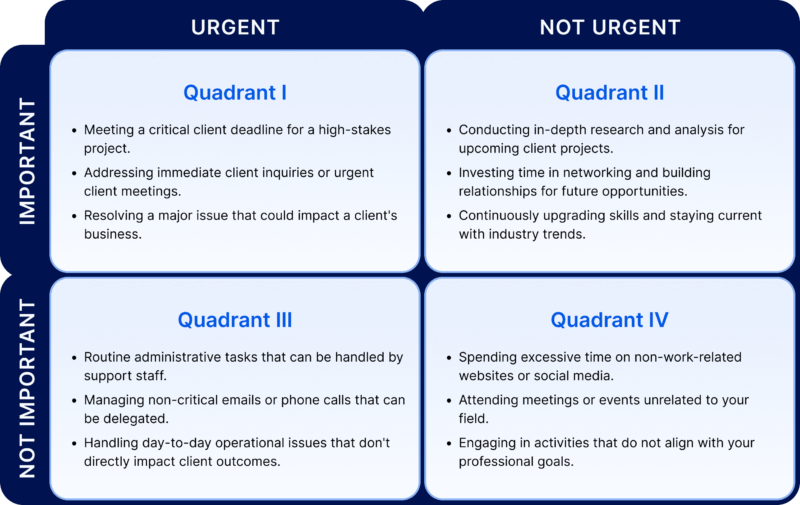
The Franklin-Covey time management system was first developed and used by Benjamin Franklin. Stephen Covey popularized it later in the twentieth century as a tool for highly effective people.
The time management matrix centers on the idea that it is important to have a very clear set of goals to determine short and long-term priorities. This will motivate staff to spend quality time on tasks with the highest priority and urgency.
The Franklin-Covey approach works well for people with personal motivation or a mission. It demands a strong sense of self-discipline to constantly review goals, and set new short-term tasks and priorities. If this philosophy is applied in a business setting, it will require the right team and organizational support.
Step-by-step instructions:
- List all of your tasks.
- Set deadlines for each.
- Use a piece of paper and divide it into 4 quadrants.
- The first quadrant is Urgent and Important
- The second quadrant is Not Urgent, but Important
- The third quadrant is Urgent but Not Important
- The fourth quadrant is Neither Urgent nor Important
- Based on your tasks list and deadlines, put each task in a quadrant where it belongs.
Optimize and automate your working schedule
Staying organized has never been easier.
You can now manage your time and business and grow your brand with a single, powerful software that keeps all of your appointments in line, your clients organized and your business booming.
Trafft is perfect for business owners and managers who need to streamline their booking experience both for their staff and their clients.

Trafft automates everything for you, even sending automated email or SMS reminders to your clients. No-shows? Not anymore!
The Trafft booking software adapts to different industries for a blissful online booking experience and employee management.
Want to know how Trafft can help you with time management? Check out Trafft’s awesome features to see what you are missing.
It’s time to stop wasting time! Check out Trafft’s plans, choose one that suits you most, and automate your business!
The Seven-Minute Life
To beat procrastination and increase her daily work productivity, Allyson Lewis, a financial adviser, created the 7-Minute Life. In its basic form, it only requires a piece of paper.
All you have to do is utilize seven minutes in the morning and evening in planning and setting goals, which is equivalent to 1% of a day. Allowing no more and no less than seven minutes to carefully plan and think of important things to do for the day increases productivity and focus. Doing this daily improves time management and organizing skills.
Step-by-step instructions:
- Define your morning routine and plan for 7 minutes.
- Define your evening routine and plan for 7 minutes.
The Pomodoro technique
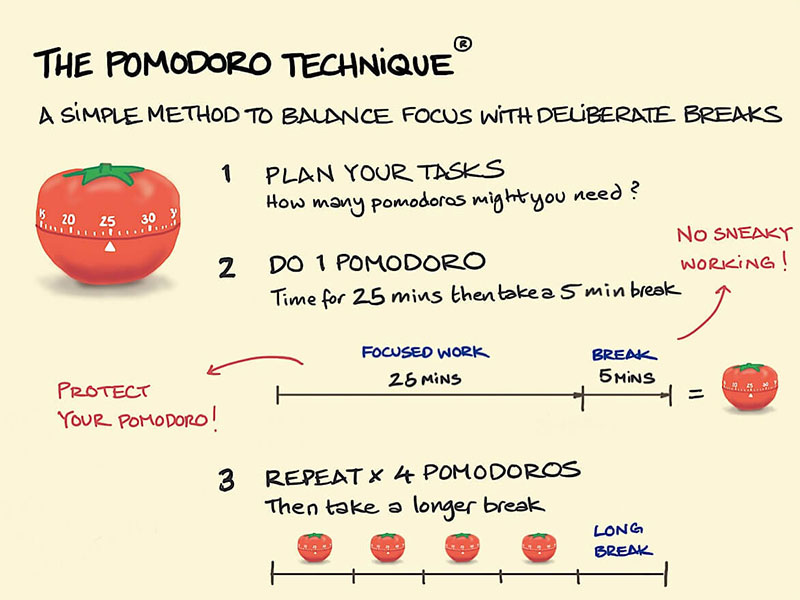
Named after a tomato-shaped kitchen timer, the Pomodoro time management technique was developed in 1992, and it is considered to be one of the simplest and easiest techniques to effectively manage time. As the name implies, it requires a kitchen timer or any other timer. It divides working hours into quick intervals and short breaks.
Distractions and other interruptions often hinder maximum productivity. The Pomodoro technique requires staff to give full attention to a certain task but for a short amount of time. The task at hand is boxed in uninterrupted time frames of 25 minutes, followed by a break of five minutes. A timer gives a visible idea of having limited time, and it helps increase concentration. An incentive can also be added to beat the clock.
Step-by-step instructions:
- Set the timer and work for 25 minutes.
- Take a 5-minute break after each 25-minute interval.
- After 4 consecutive work intervals, you can take a longer break up to 30 minutes.
The Now Habit
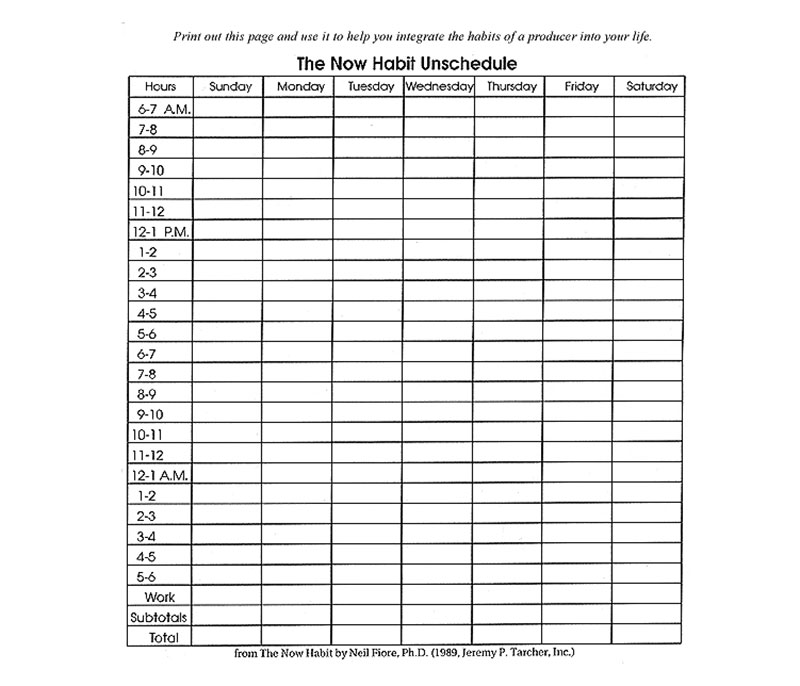
The Now Habit is a great time management system designed to help you overcome procrastination. The idea behind it was developed by Neil Fiore. As a student and later as a psychologist, he struggled to achieve his goals because of procrastination.
It starts with filling a weekly calendar with your current commitments. This can include travel time, recurring appointments, sleep, socializing, etc. The rest of the work is scheduled around those activities. The idea is to prompt a person to spend at least 30 minutes of uninterrupted quality time on a certain project.
The Now Habit encourages people to start and finish working on a given task as quickly as possible. Finishing the tasks sooner provides more opportunities for leisure. The focus time is set to 30 minutes initially, which helps to increase concentration and overcome procrastination. When focus improves, these periods can be extended.
Step-by-step instructions:
- Create a weekly schedule with all of your tasks and activities.
- Schedule the rest of tasks and activities to finish around predetermined tasks.
- When you start working on a task, set the focus time to 30 minutes initially.
Time blocking
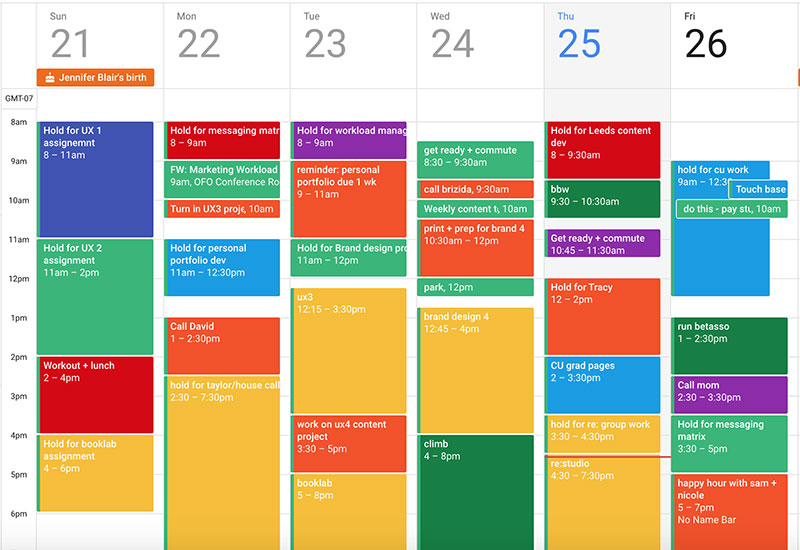
Time blocking helps to establish a routine by splitting up time into “blocks”, with each time block focusing on a particular task. This helps to mentally prepare for the specific time blocks and gives predictability to a workday or week. This time management strategy works particularly well for people who have several meetings in a day yet also have to engage in some recurring tasks. Its structure and order help to focus on performing a task within a defined timeframe.
Google Calendar or similar calendar applications can be used to assign time blocks throughout the day or week. Simply indicate what each time block is dedicated to. It is recommended to do this kind of planning every week. It is useful to check for any changes in the schedule at the beginning of the day. The Time blocking technique can also be applied using a paper planner or a notebook.
Step-by-step instructions:
- List all of your tasks.
- Group tasks based on their similarities.
- Dedicate time for each group of similar tasks.
Mapping commitments
Mapping commitments helps in a couple of different ways. By creating a list of commitments, it’s easier to map them out and keep track of work progress. It turns an idea or commitment into something visible and verifiable. It helps the brain remember all of your commitments.
You can write down commitments on a piece of paper, a dedicated notebook or planner, a computer file, or even on a phone. However, simply writing it down does not mean that you will get it done. All this information needs to be gathered and transferred into a time management software or tool.
Step-by-step instructions:
- Decide whether you’ll use a digital time management tool or old-school pen and paper.
- Map out all of your commitments and tasks.
- As you complete your commitment, make sure to check it off your to-do list.
- Reschedule commitments you haven’t been able to complete.
Batch tasks
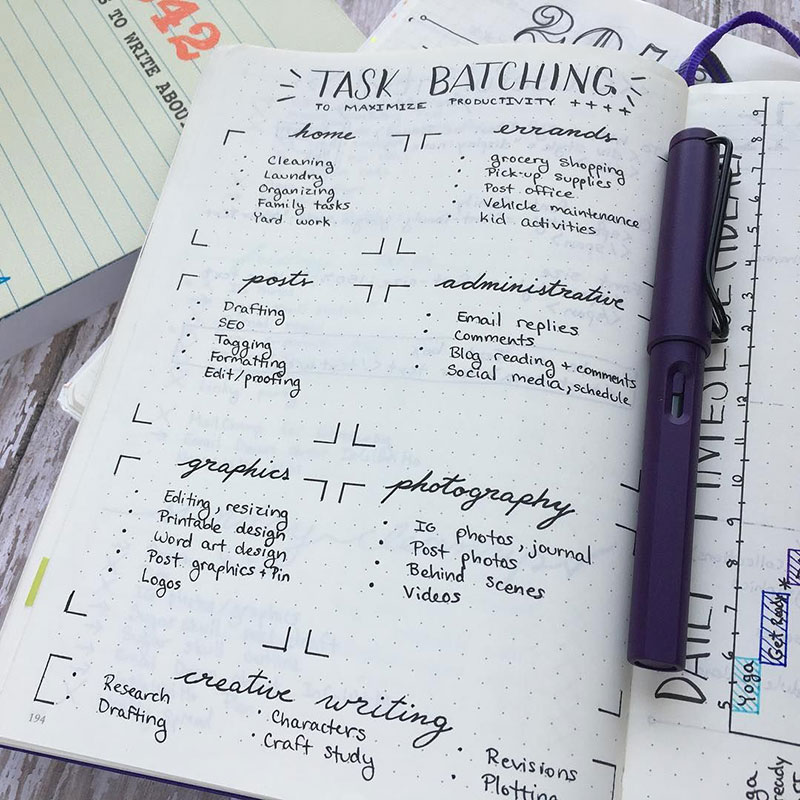
Batching is great for accomplishing small endeavors. Every small task takes around five minutes to finish. These many small tasks can be added together, creating a batch. Scheduling a time to do all of them at once is more efficient.
Doing each of these shorter tasks in between other projects is a more common approach, but it also takes time to build up focus. Dispersing them shifts the focus from bigger projects and even small ones. Batching tasks is a means of paying adequate attention to everything.
Step-by-step instructions:
- Create a list of all your tasks.
- Group similar tasks together.
- Complete each task in one batch at once.
What is the simplest time management system?
The simplest time management systems are the 1-3-5 rule and the Pomodoro technique. The 1-3-5 time management system is designed to help you complete 1 big task, 3 moderate tasks, and 5 easy tasks. The Pomodoro technique helps you do focused work in 25-minute intervals, and take 5-minute breaks after each.
3 Reasons to Implement Time Management Systems in Your Business Immediately
- Boost employee and business productivity
Once you implement the right time management system in your business, and everyone knows their responsibilities, you’ll enjoy increased productivity among employees and across your whole business.
- Reduce stress in your business
Procrastination and poor time management negatively affect your well-being and mental health. When you’re always chasing to complete tasks, you never get enough time to catch a break. And you never feel accomplished because there are always other tasks to complete. When you implement a time management system, you’ll reduce procrastination and consequently feel less stressed.
- Ensure high-quality work
When every task and project gets the attention they deserve, you’ll always provide your customers with top-notch work. In order to allocate enough time to each task, you need to choose the right time management system that will allow you to do focused work.
Implement the Best Time Management System
Every entrepreneur has a long list of necessary tasks. Some may feel that they have complete control over everything and that they do not need a time management system. The reality is, that time management systems will ensure the completion of tasks on time, every time.
Some tasks might be overlooked, causing problems with your professional reputation and deadlines. Incorporating time management systems into the work routine will help gain control over time, and employee schedules and increase productivity. Good time management reduces overwhelming stress and anxiety caused by procrastination and tight schedules.
The available time management systems vary in complexity and resources required. Some tools only require a piece of paper, while others are structurally more sophisticated and complex. Advanced technology now available makes it easier to find the right time management system that suits a business’s needs. Using a time management tool, coupled with self-discipline, will help you remain organized and in control of your business.
If you enjoyed reading this article about time management systems, you should read about why time management is important.
We also wrote about a few related subjects like the time management matrix, time management courses, time management quotes, using a time management coach, time management strategies, and time management statistics.
Do you want an app for that? We also selected the best time management apps, but also free time management apps for tight budgets, and if you’re looking for a time tracking app, we picked the best of them.
Needless to say, we are really into time management and we don’t like to waste time because we know how poor time management can affect us.





